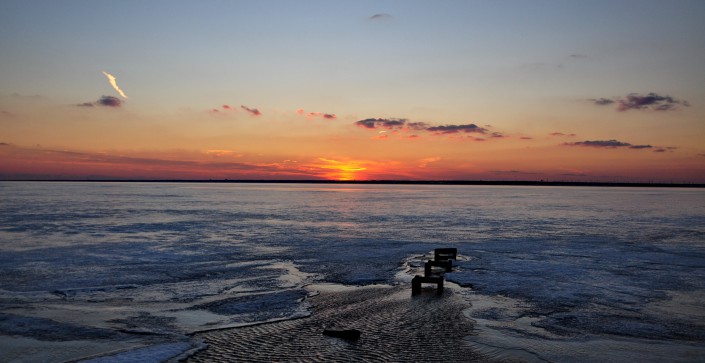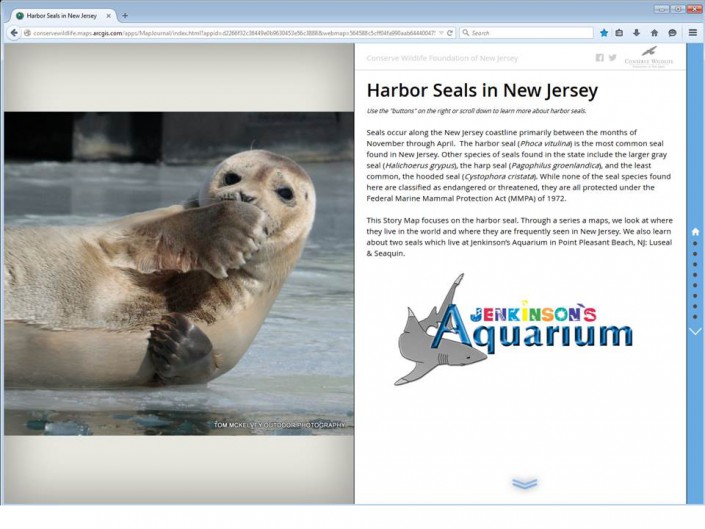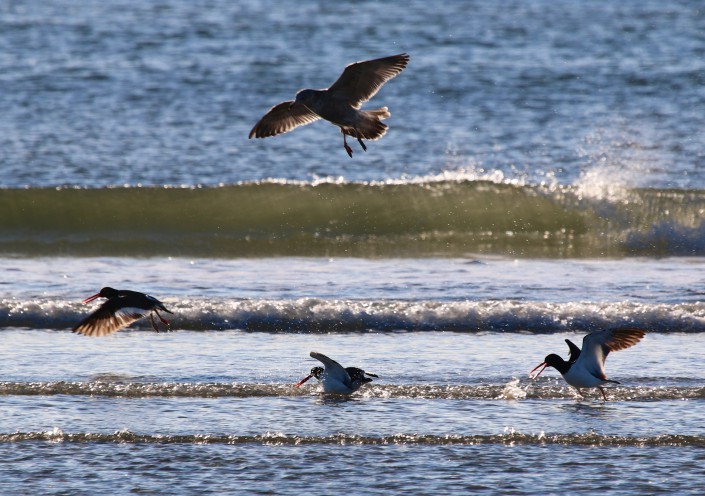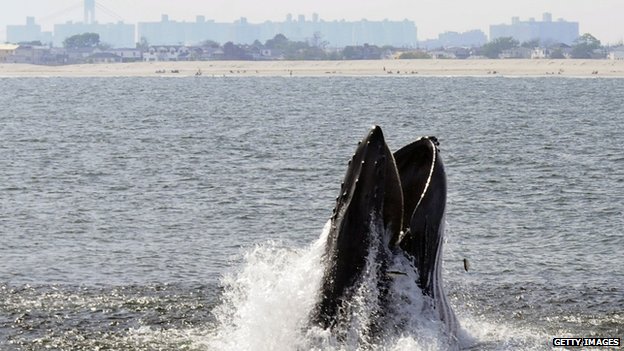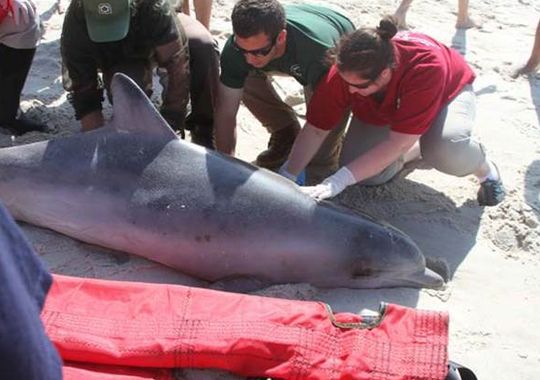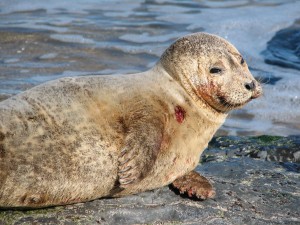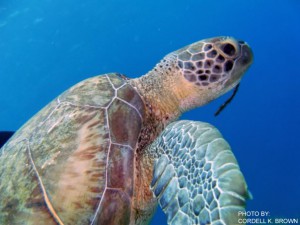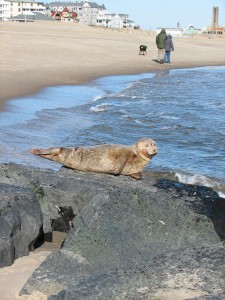First Trip to the Beach for Newark Students
50 Fifth Grade Students from Ann Street School in Newark Visit Island Beach State Park
by Lindsay McNamara, Communications Manager
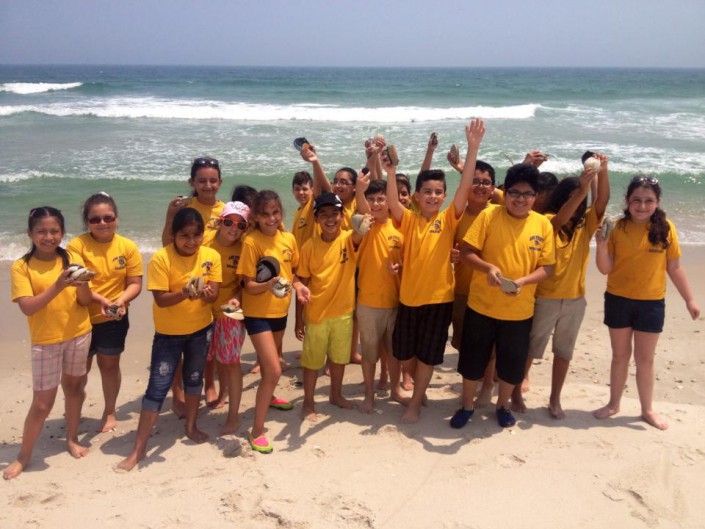
Remember the awe and wonder of your first visit to the beach? For many fifth graders from Newark, they experienced just that feeling this summer thanks to Conserve Wildlife Foundation (CWF) and PSEG.
Through CWF’s WILDCHILD program, over 50 fifth grade students from Ann Street School in Newark spent a day at Island Beach State Park and learned more about nature and human impact on New Jersey’s wildlife and environment.
The Ann Street School students were thrilled at the sight of an active osprey nest, observed through a spotting scope, as CWF’s Habitat Program Manager and osprey expert Ben Wurst detailed the amazing ongoing recovery of New Jersey’s osprey population. The students also went on guided maritime forest hikes, toured the Island Beach State Park Nature Center, and connected their everyday actions to the larger environment.
“There is nothing quite as evocative and inspiring for a child as spending a day at the seashore, feeling the sand under your feet with the tangy fragrances of salt marsh and surf,” said David Wheeler, CWF Executive Director. “This connection with nature, and chance to experience the abundant wildlife of Island Beach — from red foxes to horseshoe crabs to black skimmers — can help our next generation of outdoor leaders become engaged with the natural world around us.”
Island Beach State Park interpretive staff led enlightening programs on the beach, where many students collected shells and walked in the sand for the first time in their lives. Interpretive staff also took the Ann Street School students seining on Barnegat Bay, where they dragged a large seine net out into the bay. Students got to hold mud snails, minnows and hermit crabs, and microorganisms in learning firsthand about the marine life in Barnegat Bay.
“The visit to Island Beach State Park is a culminating experience for my students. They spend the year researching and learning more about wildlife for the Species on the Edge Art and Essay Contest, and then the trip brings it all together. The trip is where they can see the different ecosystems and animals that we have talked about throughout the year,” stated Sharon Cardoso, Ann Street School Teacher. “The students look forward to WILDCHILD, it is an incentive for them and they are motivated to keep their grades up so they can attend.”
The WILDCHILD program is made possible by generous support from PSEG.
“The students involved in WILDCHILD traditionally do not have the opportunity to have access to green space. PSEG works with organizations like Conserve Wildlife Foundation to help engage children in environmental education,” said Russ Furnari, Manager, Environmental policy, PSEG. “Through the support of the PSEG Foundation, we work with Conserve Wildlife Foundation to help get kids out into nature to learn about endangered species and that teach them to protect nature and protect the environment.”
Learn more:
Lindsay McNamara is the Communications Manager for Conserve Wildlife Foundation of New Jersey.
